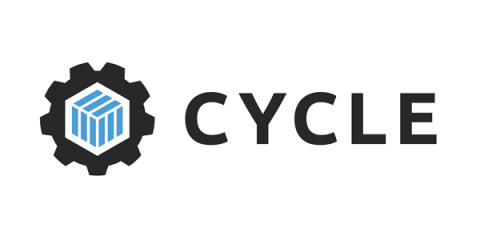Why AI solutions aren't moving to market as quickly as imagined
With all the buzz around ChatGPT and the rapid mainstreaming of generative AI, 2024 was predicted to be the year of AI. While the market certainly talks a lot about AI this year, we’ve yet to see much of it in production environments. Events are a great chance for tech companies to showcase or announce new innovations to the market.











